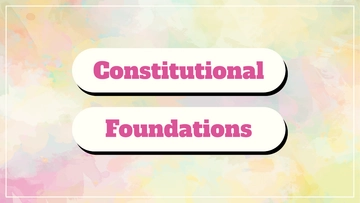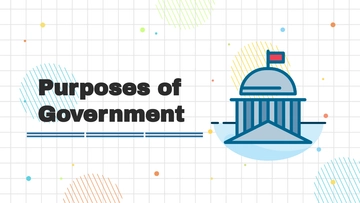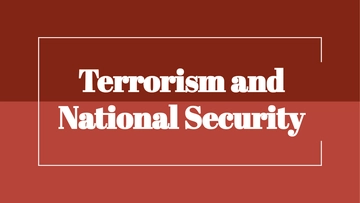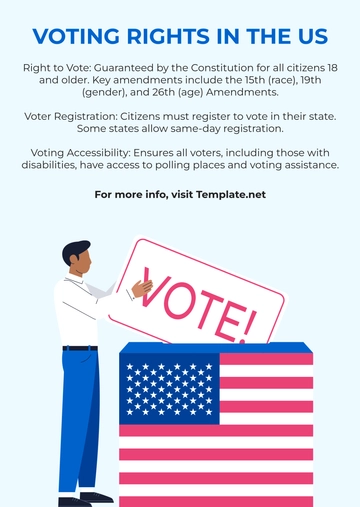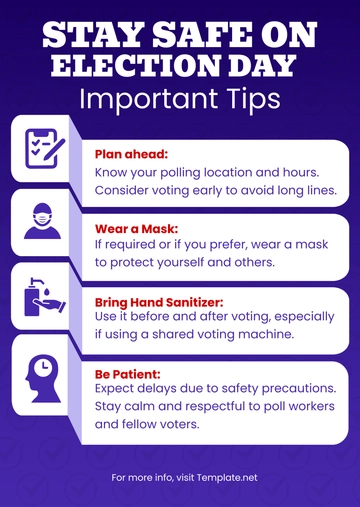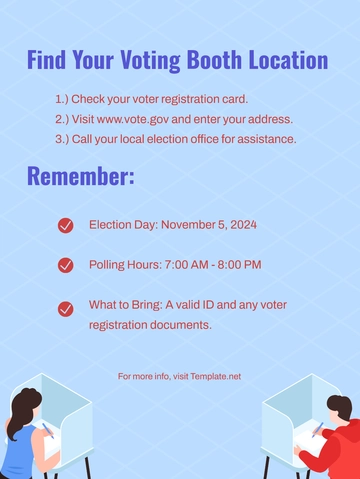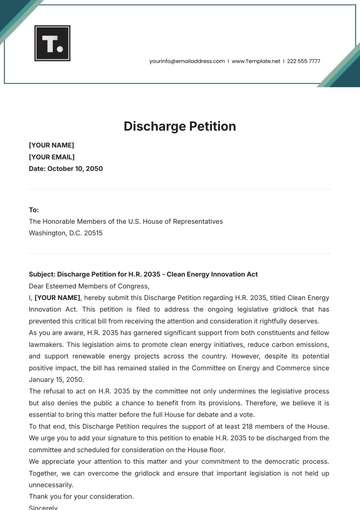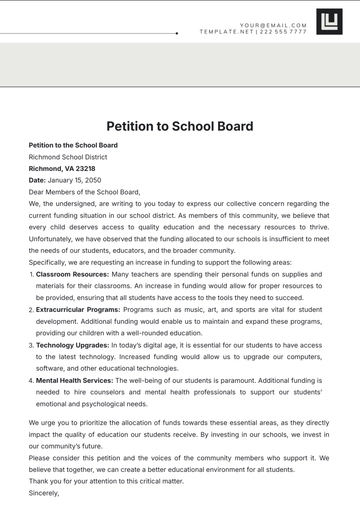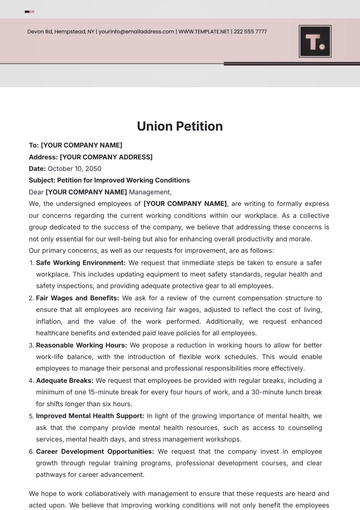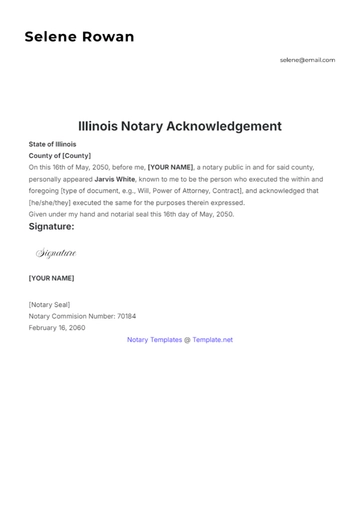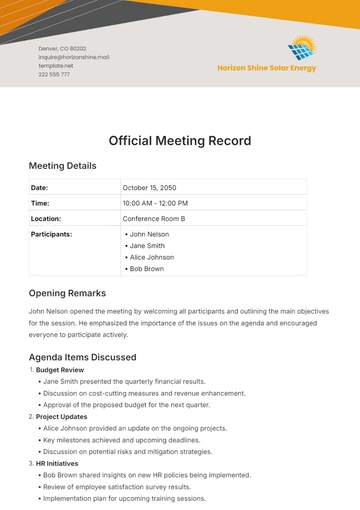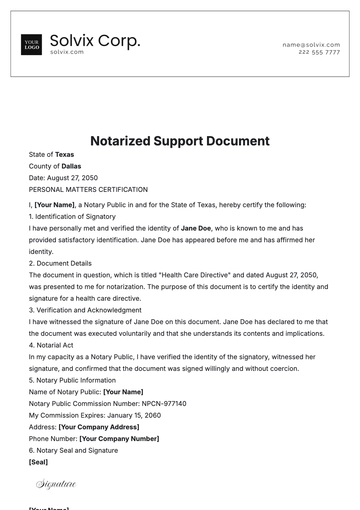Free Government Brief
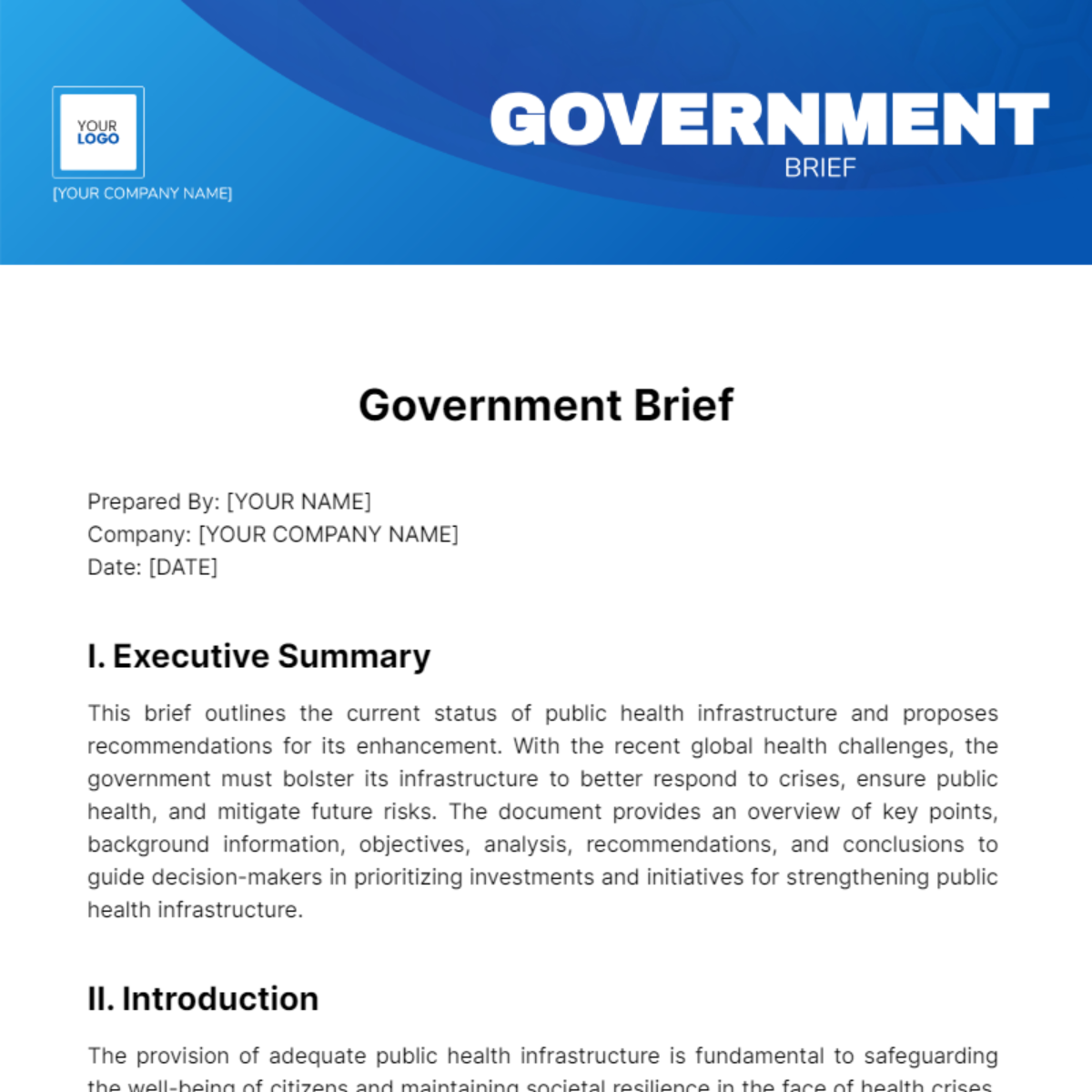
Prepared By: [YOUR NAME]
Company: [YOUR COMPANY NAME]
Date: [DATE]
I. Executive Summary
This brief outlines the current status of public health infrastructure and proposes recommendations for its enhancement. With the recent global health challenges, the government must bolster its infrastructure to better respond to crises, ensure public health, and mitigate future risks. The document provides an overview of key points, background information, objectives, analysis, recommendations, and conclusions to guide decision-makers in prioritizing investments and initiatives for strengthening public health infrastructure.
II. Introduction
The provision of adequate public health infrastructure is fundamental to safeguarding the well-being of citizens and maintaining societal resilience in the face of health crises. This brief aims to provide government officials with a comprehensive understanding of the existing state of public health infrastructure and offers strategic recommendations to enhance its effectiveness and efficiency.
III. Key Points
Current Status of Public Health Infrastructure: The current status of public health infrastructure entails evaluating existing facilities, resources, and systems such as healthcare facilities, disease surveillance networks, and vaccination programs. This assessment serves as a baseline to identify areas needing improvement and investment.
Challenges Faced by Existing Infrastructure: Existing public health infrastructure faces challenges including insufficient funding, outdated technology, fragmented systems, and disparities in access to care, hindering effective service delivery and response to health threats. Recognizing these challenges is crucial for devising targeted strategies to enhance infrastructure resilience and address emerging health threats.
Importance of Strengthening Public Health Infrastructure: Strengthening public health infrastructure is vital for safeguarding community well-being and ensuring resilience during health crises. It enables timely response to threats, promotes prevention, and supports equitable access to essential healthcare services, serving as a proactive measure to protect public health.
Potential Impacts of Enhanced Infrastructure: Enhancing public health infrastructure can lead to positive impacts such as improved disease surveillance, enhanced emergency response, and reduced healthcare disparities, ultimately resulting in better health outcomes. Strengthening infrastructure enables governments to address current health challenges effectively and prepare for future threats more efficiently.
Recommended Strategies for Improvement: To enhance public health infrastructure, it is imperative to increase funding for sustainability, modernize technology, strengthen workforce development, and prioritize health equity initiatives. These measures will collectively contribute to building a more resilient and responsive public health infrastructure.
IV. Background Information
Public health infrastructure encompasses a wide range of systems, facilities, and resources designed to promote and protect the health of communities. This includes healthcare facilities, disease surveillance networks, laboratory capacities, vaccination programs, emergency response mechanisms, and public education initiatives. Despite significant advancements in recent decades, various challenges persist, including inadequate funding, outdated technology, fragmented systems, and disparities in access to care.
V. Objectives
Assess the current strengths and weaknesses of public health infrastructure: This objective aims to conduct a comprehensive evaluation of the existing infrastructure to identify its strengths and weaknesses. Understanding these aspects provides a basis for informed decision-making and targeted interventions to address deficiencies and build upon strengths.
Identify key areas for improvement and investment: By identifying specific areas in which the public health infrastructure is lacking or requires enhancement, this objective facilitates prioritization of resources and investment. It ensures that efforts are directed toward addressing the most critical needs, thereby maximizing the impact of interventions.
Develop strategies to enhance the resilience and responsiveness of the infrastructure: This objective involves formulating strategic plans and initiatives aimed at strengthening the infrastructure's ability to withstand challenges and respond effectively to emerging health threats. It encompasses measures such as improving emergency preparedness, enhancing disease surveillance systems, and optimizing resource allocation.
Ensure equitable access to quality healthcare services across all demographics: Equity in healthcare access is crucial for promoting social justice and ensuring that all individuals, regardless of their demographic characteristics, have equal opportunities to avail themselves of quality healthcare services. This objective focuses on addressing disparities in access and outcomes, intending to promote health equity and reduce healthcare inequalities.
Build partnerships and collaborations to strengthen coordination and resource allocation: Collaboration among various stakeholders, including government agencies, healthcare providers, community organizations, and the private sector, is essential for optimizing resource allocation and enhancing the effectiveness of public health interventions. This objective seeks to foster partnerships and synergies to improve coordination, share best practices, and leverage diverse expertise and resources toward common public health goals.
VI. Analysis of Findings
The analysis indicates that while significant progress has been made in certain aspects of public health infrastructure, critical gaps remain that hinder the effective delivery of services and response to emerging health threats. These include insufficient funding, inadequate staffing, limited technological capabilities, and disparities in access to care based on socioeconomic factors. Additionally, the COVID-19 pandemic has highlighted the need for greater preparedness and resilience in the face of unexpected crises.
VII. Recommendations
Increase funding at all governmental levels to sustain and enhance public health infrastructure, ensuring its ability to effectively respond to evolving health challenges and maintain resilience in the face of crises.
Modernize technology and data systems to bolster disease surveillance, monitoring, and response capabilities, facilitating early detection and containment of health threats for better public health outcomes.
Strengthen workforce development programs to attract and retain skilled professionals in public health, fostering a competent and dedicated workforce capable of addressing complex health issues and ensuring the continuity of essential services.
Enhance coordination and collaboration among government agencies, healthcare providers, and community organizations to streamline service delivery and resource allocation, maximizing the efficiency and effectiveness of public health interventions.
Prioritize health equity initiatives to address disparities in healthcare access and outcomes among underserved populations, promoting fair and equitable distribution of resources and improving overall public health outcomes for all communities.
VIII. Conclusions
In conclusion, enhancing public health infrastructure is essential for safeguarding the health and well-being of the population. By investing in modernization, workforce development, and collaboration, governments can improve the effectiveness and efficiency of their public health systems, better prepare for future health crises, and ensure equitable access to quality healthcare for all citizens.
- 100% Customizable, free editor
- Access 1 Million+ Templates, photo’s & graphics
- Download or share as a template
- Click and replace photos, graphics, text, backgrounds
- Resize, crop, AI write & more
- Access advanced editor
Introducing the Government Brief Template from Template.net – your essential tool for efficient governance. This editable and customizable template empowers seamless adaptation to diverse administrative needs. With intuitive editing features in our Ai Editor Tool, every detail is easily adjustable. Streamline your governmental processes and enhance productivity with this versatile template, designed to meet the unique demands of public administration.
